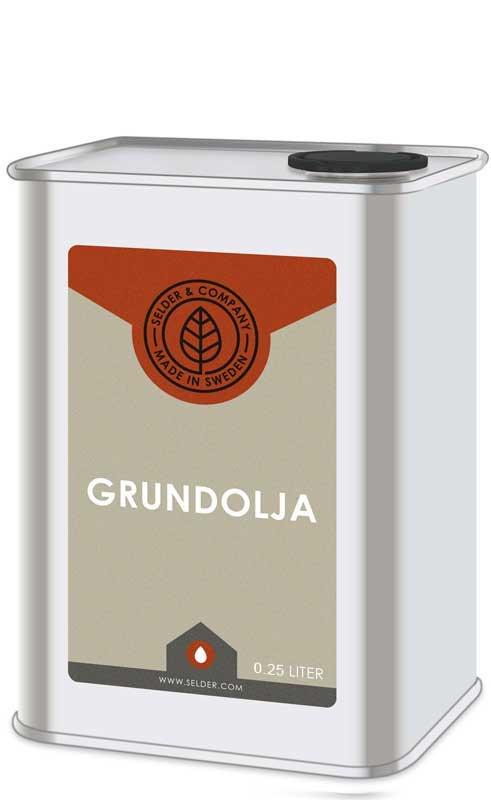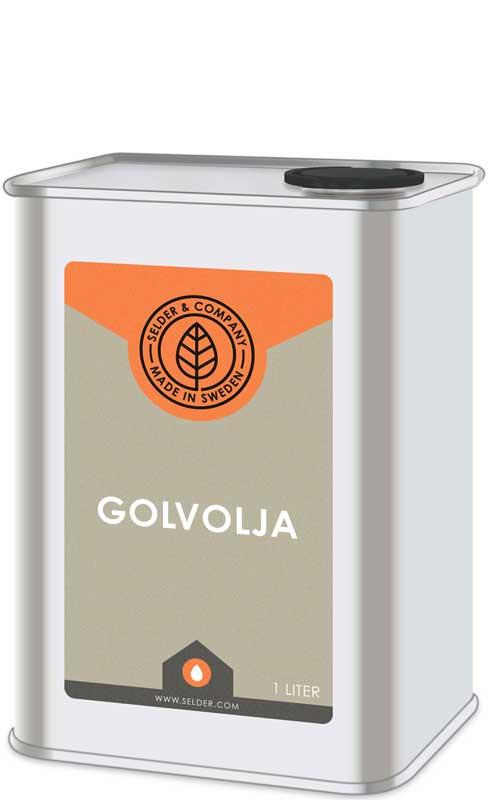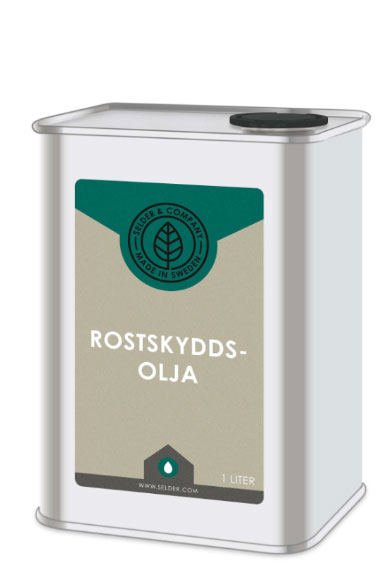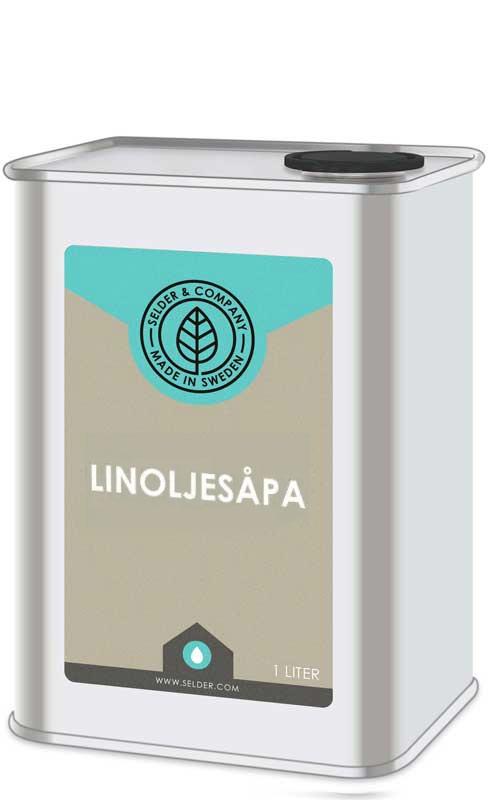The history of linseed oil dates back to the 17th century when its beneficial properties were first discovered, and it began to be used both as a varnish and as a base in oil paint.
Linseed oil is still popular today, primarily due to its non-toxicity and environmentally friendly characteristics. Use it to treat your everyday objects in wood or varnish your furniture with highly refined linseed oil to protect the surface and achieve a satin finish that will beautifully bring out the depth and color of the wood grain. Remember to choose the right oil depending on the surface being treated. The instructions in this guide refer to GRUNDOLJA oil primer.
Surface treatment
Protects the surface of your everyday objects in wood.
1. Start by making sure that the surface to be treated is free of any old varnish. With smaller objects, it is usually sufficient to hand sand with the appropriate grain of sandpaper. We recommend 120-grit for removing old varnish and 240-grit for an unvarnished surface.
2. When the surface is smooth and even, it's time to apply the linseed oil, preferably with a brush. Make sure to fully saturate the wood and let it soak in for about 1-2 hours.
3. After the surface has absorbed the linseed oil, all you have to do is wipe off any excess with a rag, and you're done.
Deeper treatment
Provides a deeper penetration and enhanced protection and is ideal for worktops and furniture.
1. Again, the first step is to ensure that the surface to be treated is free of any old varnishes, for even results. We recommend using an electric sander for this. Again, 120-grit sandpaper should be used to remove old varnish, and 240-320 grit is appropriate for a smoother surface.
2. Heat the oil to 130 degrees Celsius (266 degrees Fahrenheit) for optimal saturation, preferably in a fryer. Apply the oil with a natural-bristle paintbrush, then repeat until the surface is completely saturated.
3. Now it's time to work in the oil with the sander using 320-grit sandpaper.
4. After working in the oil, wipe off the excess with a rag.
5. After two days, you can choose to polish the surface using a buffer and VARNISH. Start with 500-grit and then finish off with 1000-grit sandpaper. Wait another day to let the surface harden before use.












































































































